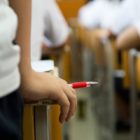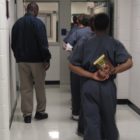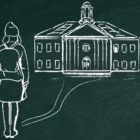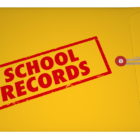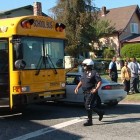
The Washington State Legislature has failed to meet its constitutional responsibility to fund public education for the last three decades, according to a ruling by the state’s Supreme Court. “By the Legislature’s own terms, it has not met its duty to make ample provision for ‘basic education,’” wrote Justice Debra Stephens in an 85-page opinion. “This court cannot idly stand by as the Legislature makes unfulfilled promises for reform.”
In 2009, the Legislature passed a bill meant to reform funding formulas, HB2261, and update the 1977 Basic Education Act by 2018. In Justice Stephens’ opinion, the high court reaffirmed its jurisdiction to oversee the Legislature’s timely implementation of those changes. “Ultimately, it is our responsibility to hold the State accountable to meet its constitutional duty,” Justice Stephens writes in the opinion.
